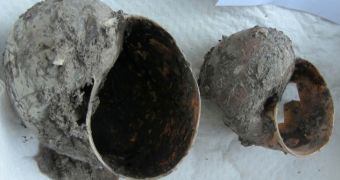According to a new paper published in the journal PLOS ONE this August 28, humans set out to explore the western Amazon some 10,000 years ago.
Besides, they set up camp in these regions.
Researchers say that at least three so-called forest islands, i.e. small mounds of earth, in the Bolivian Amazon are actually trash heaps left behind by people who lived in the area thousands of years ago.
Thus, they are made up of freshwater snail shells, and bony remains of bones of deer, fish, reptiles and birds that ancient people used to feast on.
The mounds also have an upper layer comprising organic matter, and even contain pottery, tools and human bones remains, EurekAlert reports.
Scientists claim that, according to their investigations, the sea shells and animal remains at the bottom of these mounds date back to approximately 10,400 years ago, give or take a couple of centuries.
Judging by their size and the age of the artifacts they house, ancient hunter-gatherers used these trash heaps for about 6,000 years before moving to other locations.
Commenting on these findings, researcher Umberto Lombardo said that, “We have discovered the oldest archaeological sites in western and southern Amazonia.”
“These sites allow us to reconstruct 10,000 years of human-environment interactions in the Bolivian Amazon,” he added.

 14 DAY TRIAL //
14 DAY TRIAL //